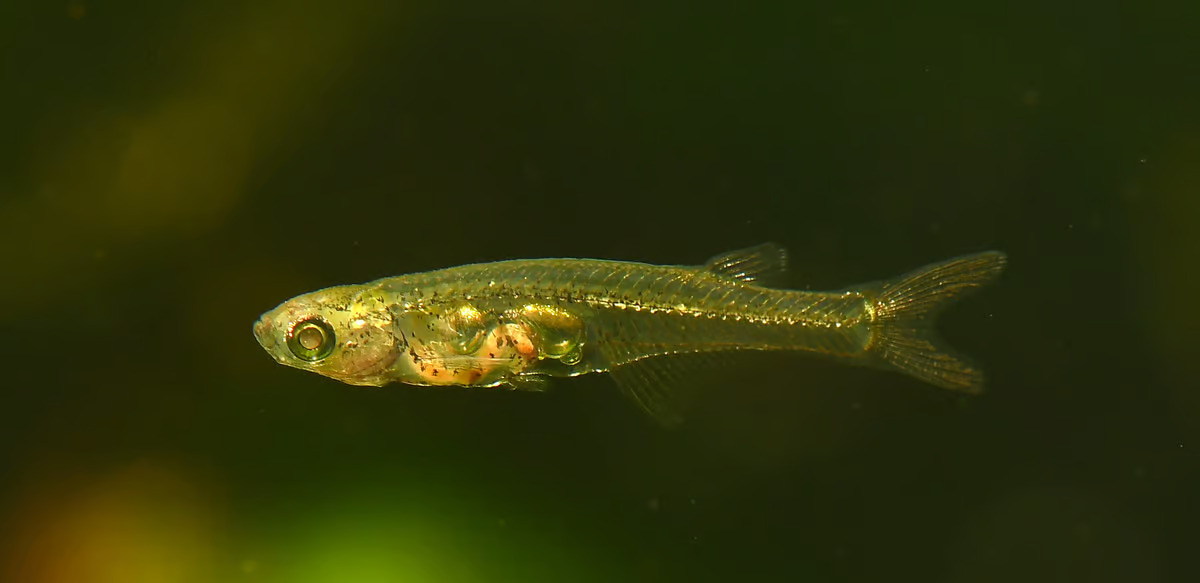The species, known as Danionella cerebrum, became known to science in 2021, when it was found living in mountain streams in Myanmar. At a glance, this transparent fish, which only grows to about 12 mm (0.5 in) in length – might not make much of an impression, but the males make up for their visual shortcomings with a booming voice that puzzled scientists.
“This tiny fish can produce sounds of over 140 decibels at a distance of 10 to 12 millimeters (0.4 to 0.5 in) – this is comparable to the noise a human perceives of an airplane during take-off at a distance of 100 m (328 ft) and quite unusual for an animal of such diminutive size,” said Dr. Ralf Britz, an author on the study. “We tried to understand how the fish manages this and what mechanisms are responsible for this achievement.”
The loudest animals, such as the white bellbird, are usually air-breathing, so they use specialized muscles in their larynx or syrinx to modulate airflow and belt it out to the back row. But fish are famously much less enthusiastic about breathing air, so on the rare occasions they do make noise, they need to use other methods.

The researchers peered inside the tiny fish using micro-CT, high-speed video, gene expression analysis and other methods. They discovered a sound-producing apparatus unlike anything else known in nature, which is made up of a powerful muscle, a specialized rib and a piece of “drumming cartilage.”
“This apparatus accelerates the drumming cartilage with a force of over 2,000 g and shoots it against the swim bladder to produce a rapid, loud pulse,” said Britz. “These pulses are strung together to produce calls with either bilaterally alternating or unilateral muscle contractions.”
So why did they evolve such a complex communication system? The researchers hypothesize that in the shallow, murky waters they call home, an extreme game of Marco Polo might be necessary.
“We assume that the competition between the males in this visually restrictive environment contributed to the development of the special mechanism for acoustic communication,” said Britz.
This little guy’s bark is definitely worse than its bite.
The research was published in the journal PNAS. Source: Senckenberg Society for Nature Research
–
























